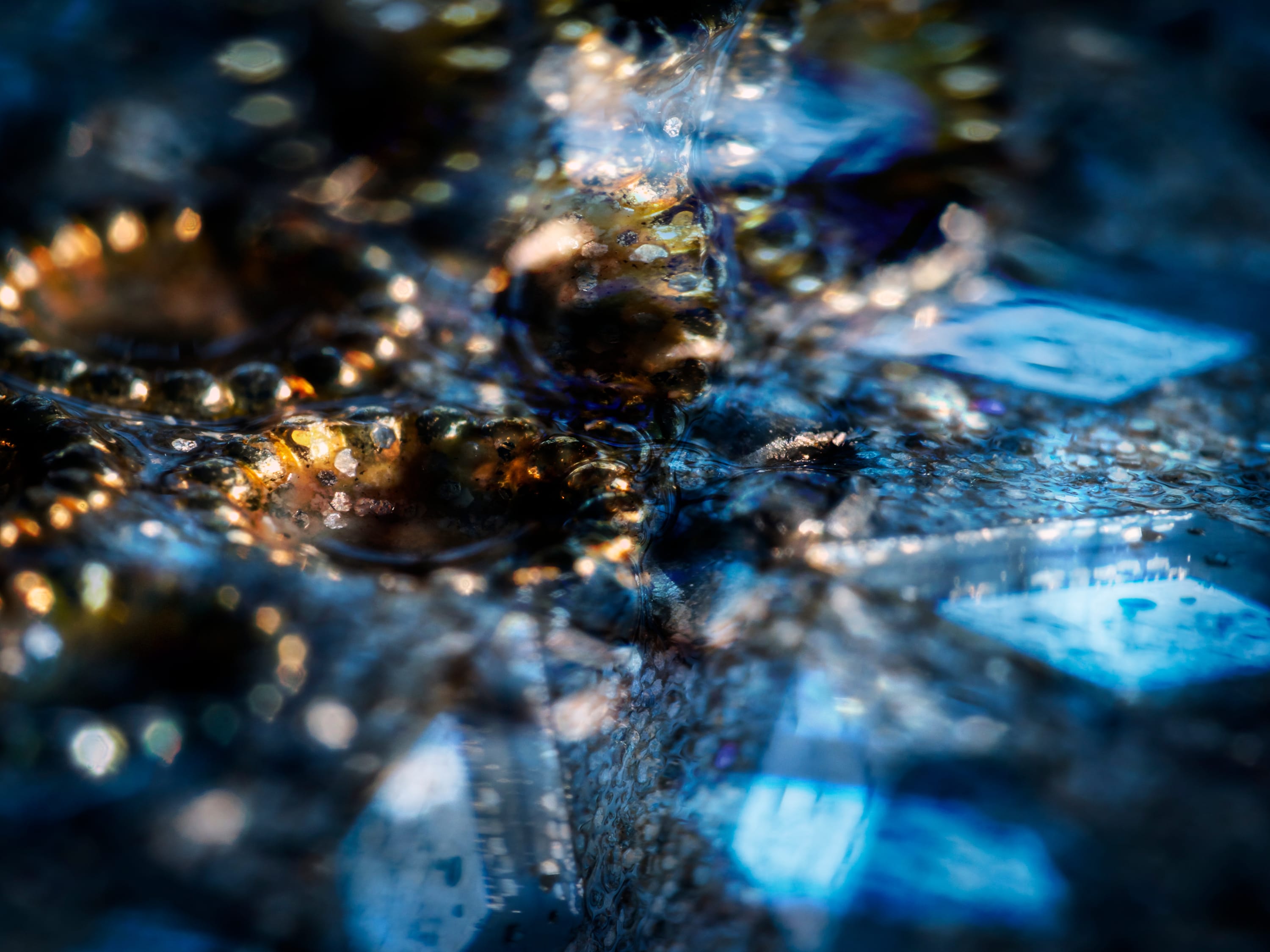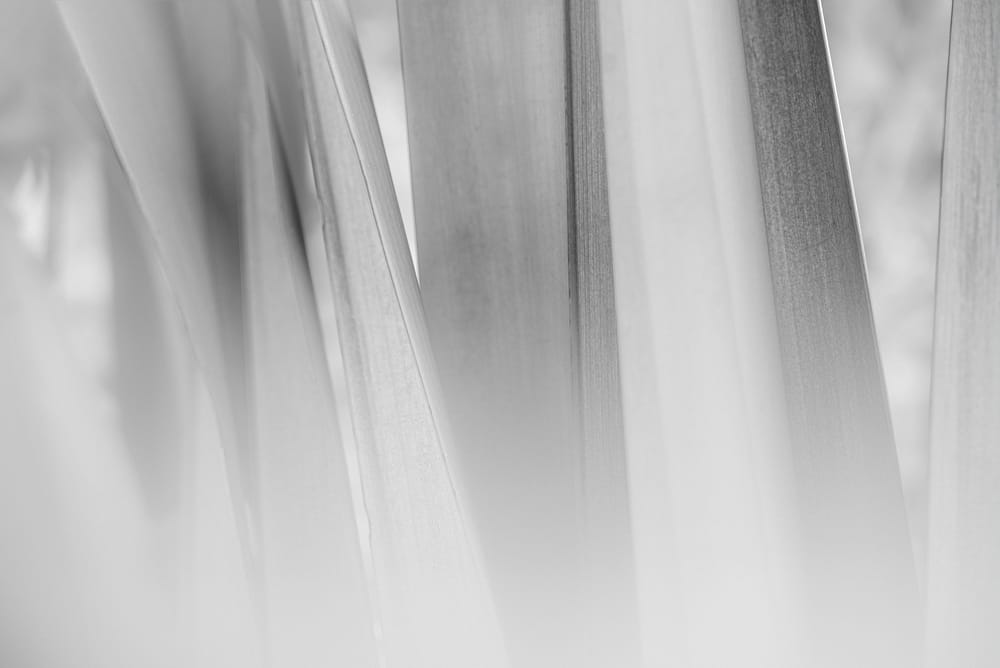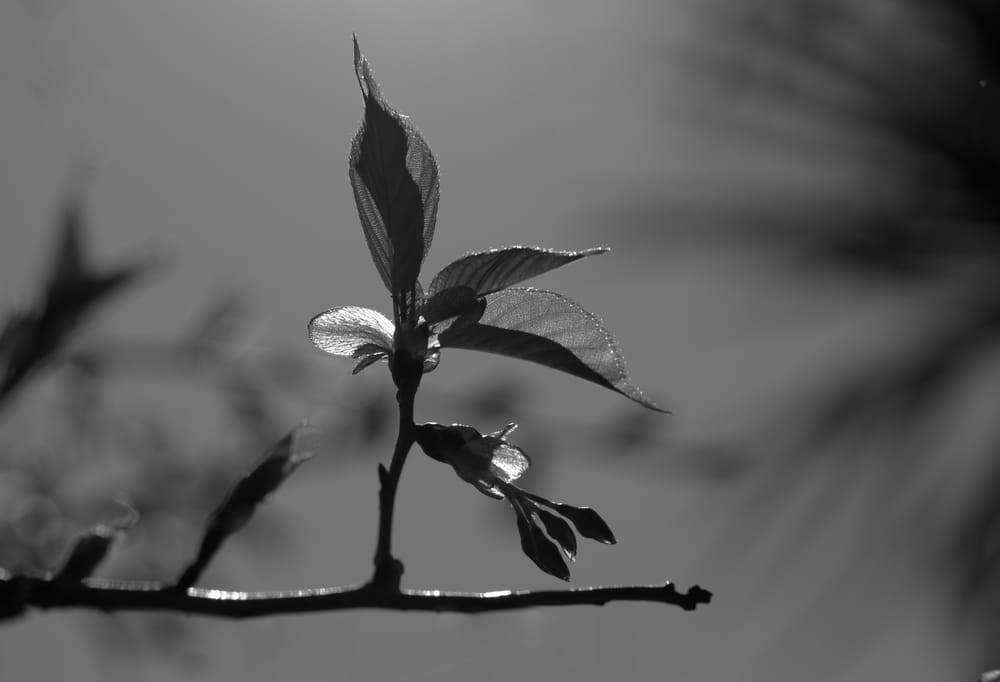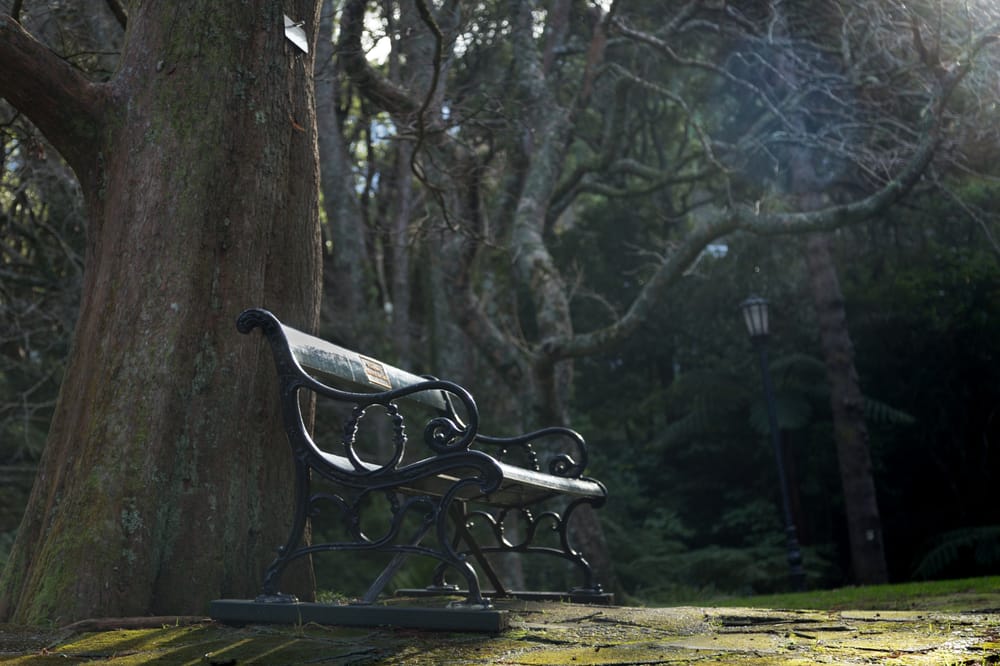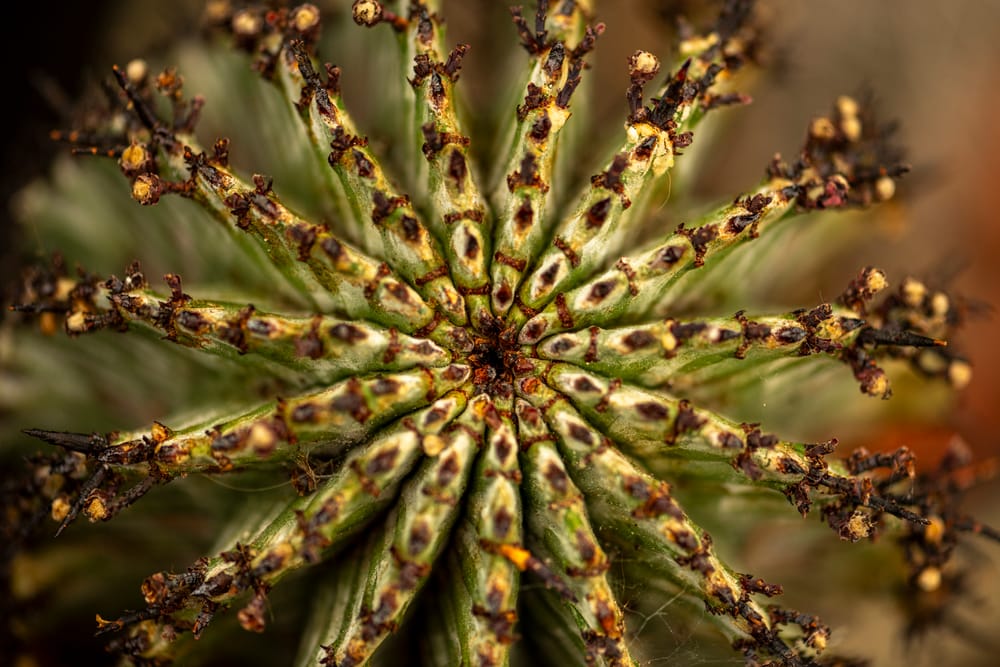Science and photography
There's a common misconception that art and science are at odds, believed to be separate entities that don't mix. Art is often seen as the realm of creativity and imagination, while science is associated with data, experiments, and research.
We respectfully disagree.
Being a successful photographer today is more about science than it is about art. In fact, this has always been the case, though we've been taught differently.
The standard narrative of photography's inception in the mid-nineteenth century describes it as a collaboration between scientists, eager to devise a reliable chemical process for capturing light on a flat surface, and artists, seeking new ways to see and record the visible world. However, this isn't our focus here.
You might think science in photography is all about the technical aspects – lenses, the physical mechanics of cameras, and the electronic internals essential for taking and developing photos. But, that's not what we're discussing either.
Another perspective considers photography's role in advancing science, where developments in the field have unveiled aspects of the world previously invisible to the naked eye, undoubtedly accelerating scientific progress. Yet, we aim for a different angle.
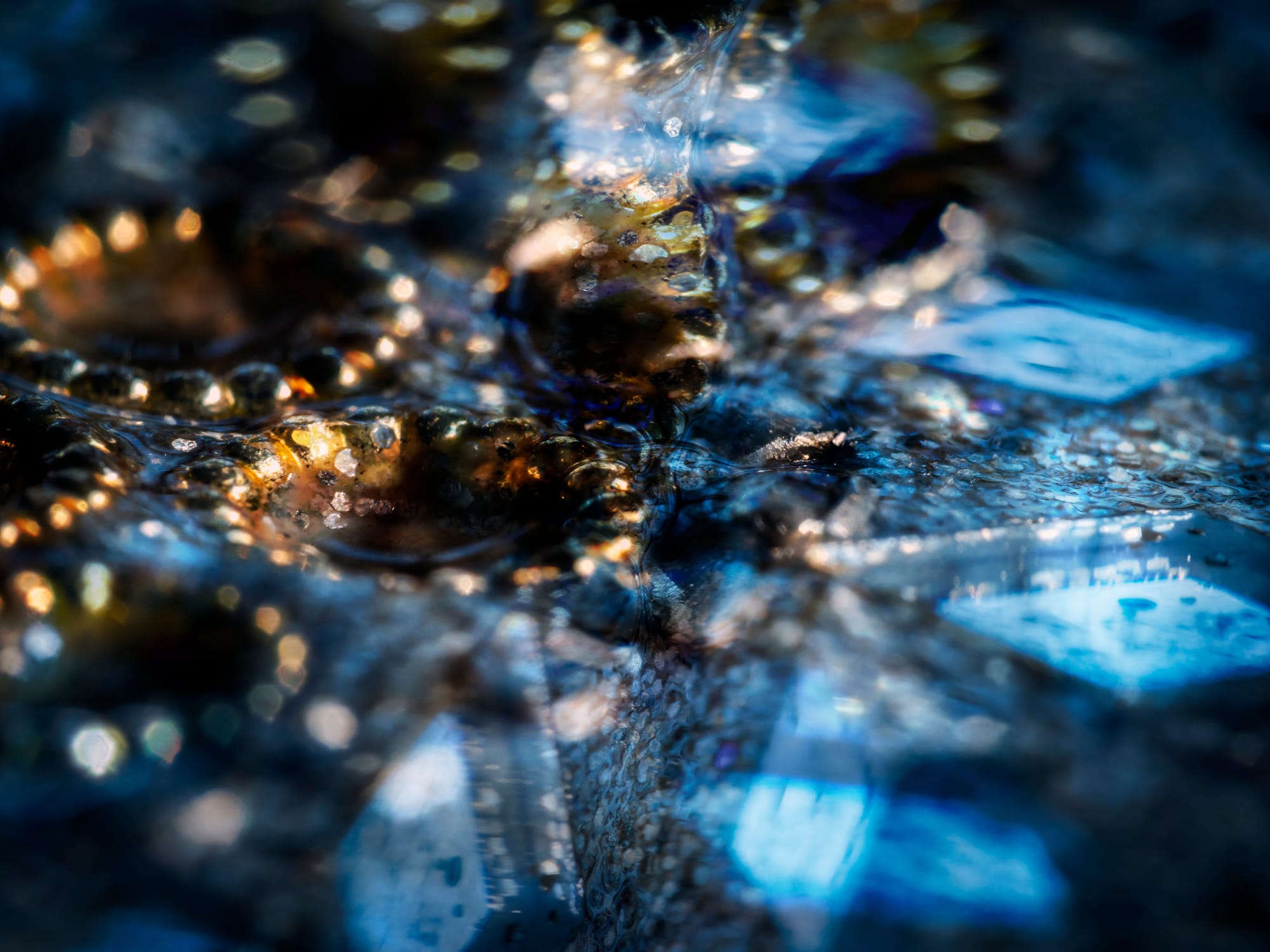
We often encounter social media posts from photographers expressing feelings of fatigue and underappreciation – despite posting and sharing extensively, standing out remains challenging amid the sea of talented photographers.
Success in photography isn't merely about showcasing what we see through the lens; it's about how our images make viewers feel. Capturing a cute puppy might universally evoke delight, but there are countless instances where a photograph captures our hearts for reasons not immediately clear – be it the colours, shapes, tones, or composition, or perhaps it resonates with our past experiences. Often, we're not consciously aware of why an image appeals to us, but our brain recognises it.
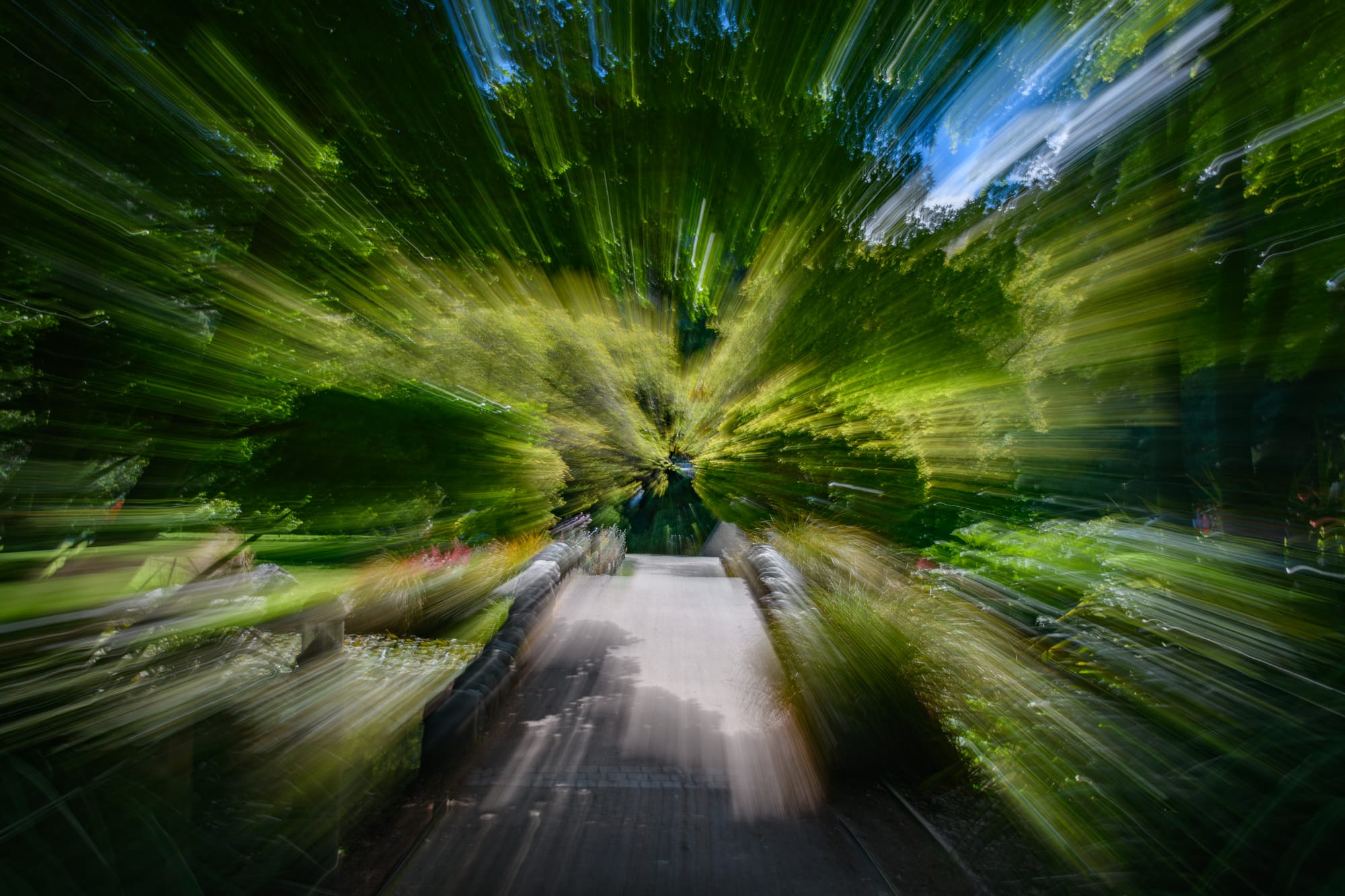
This is the science we're delving into – neuroaesthetics, or how our brain responds to art. We've touched on this in previous articles and our Captivating Photography Journal without delving deep into what it entails or its implications. It's akin to how magicians use their deep understanding of our brain, perception, and attention to perform illusions, or how companies employ 'behavioral marketing' to influence our buying decisions. Certain triggers subconsciously capture our attention, and mastering this can significantly enhance the impact of your photography, regardless of genre.
Where to start
A common pitfall is the tendency to compare ourselves to others, often leading us down a counterproductive path of endless comparison and social media consumption. Seeing impressive work might inspire or lead to self-doubt, regardless of the field. Having observed and learned from numerous other photographers in a particular genre, the natural inclination is to emulate the scenes and styles that have influenced you the most.
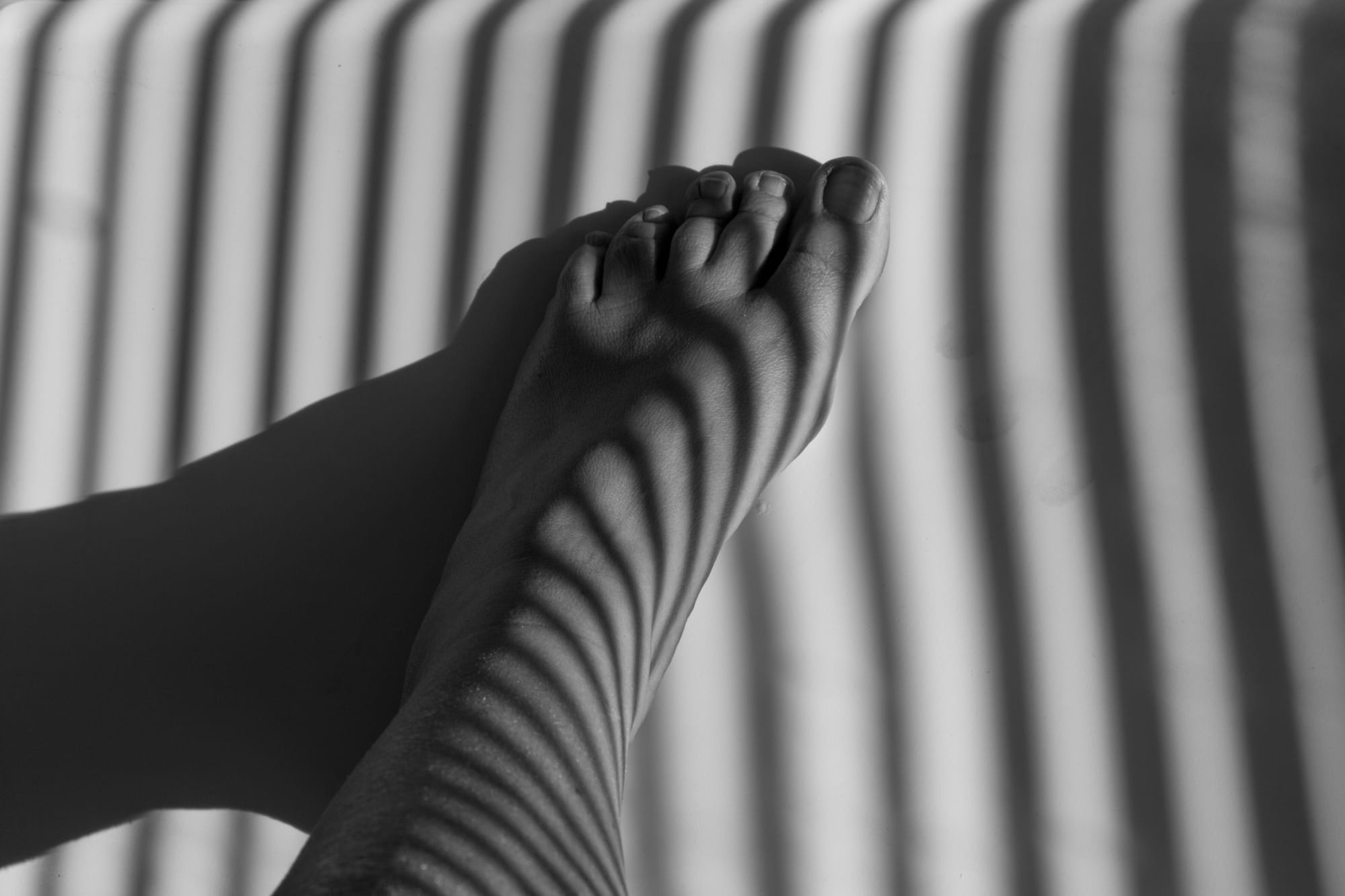
The solution lies in personalising our work. Forget about replicating others or aiming for social media popularity. Focus on what matters to you.
A useful strategy is the 'XY' approach, applicable across many fields. Treat your photography as a 'project' and complete the following statements:
- This is my project about X [astro photography].
- Unlike other photographs of X [Milky Way/Galaxies] out there, only I [...do Y...].
It's a challenging exercise but invaluable for distinguishing your work. Talking about astro photography example, with countless images of the Milky Way out there, making yours uniquely personal is key. Whether it's photographing LEGO figurines (if you are a LEGO fan) under the night sky, capturing Milky Way reflections, or exploring a specific angle, the aim is not for social media fame but for personal fulfilment. This authenticity will resonate with others, making your work feel personal and relatable.
This exercise is a starting point. Next week, we'll start exploring examples of how neuroaesthetics influences our perception of photographs and how you can leverage this in your work.

